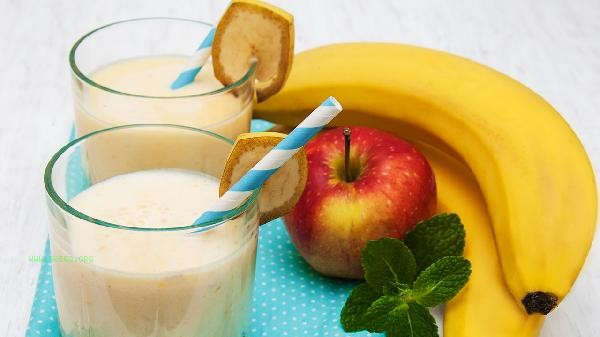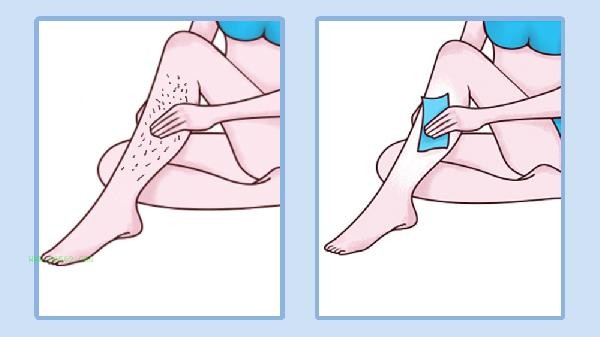The selection of fresh fruits can be comprehensively judged from five dimensions: appearance, aroma, texture, sound, and purchasing channels. Fresh fruits usually have the characteristics of uniform color, fresh fruit aroma, compact texture, and crisp sound when lightly tapped. It is recommended to prioritize choosing local fruits of the season.

1. Appearance
Observe whether the fruit skin is intact and undamaged, and whether the color is natural and uniform. Apples should have a unique red and yellow background color, avoiding those with dark spots or moldy spots; The grape grains are plump and evenly powdered, with a green stem; Citrus fruits have smooth and wrinkle free skin, bright colors, and no bruising. Some fruits, such as mangoes and bananas, may have natural spots on their skin after ripening, which is a normal phenomenon.
2. Odor
Fresh fruits emit a unique sweet fruity aroma. Hami melon should have a strong sweet aroma near the navel, pineapple bottom can smell the unique aroma of tropical fruits, and durian shell cracks release a unique scent when ripe. If there is a fermented or sour taste, it indicates overripe and spoiled. Citrus fruits can be lightly scraped on the skin and smelled for essential oil aroma to determine freshness.
3. Touch
Gently press the fruit with your fingers for moderate elasticity. Peaches and kiwis are slightly soft but not sinking, watermelons have a slight vibration when slapped, and dragon fruit scales are upright and not wilting. Avoid choosing fruits with sticky skin, collapsed flesh, or hard texture. Berries such as strawberries and blueberries should have plump granules without any juice leakage, and fruits with stems should pay attention to whether the stems are fresh and not blackened.

4. Sound
Some fruits can be distinguished by their maturity through sound. Tap the watermelon lightly to make a crisp thud sound, indicating that the flesh is tight, and a muffled sound may indicate overripe; Shaking the coconut can make a noticeable sound of juice shaking; The best echo is when the cantaloupe is pounded. Hard fruits such as apples should make a firm sound when lightly touched, and the dull collision sound may indicate that the interior has spoiled.
Fifth, purchase channel
Priority should be given to regular supermarkets or reputable fruit shops, and pay attention to checking the shelf life label. Observe the hygiene condition of the stalls when purchasing at the agricultural market, and avoid outdoor exposure to sunlight or stacking squeezed fruits. Online fruit shopping requires confirmation of cold chain delivery conditions and timely unpacking and inspection upon receipt. Tropical fruits are recommended to purchase products directly from their place of origin. Local seasonal fruits are fresher and have more complete nutritional retention. Selected fruits should be classified and stored according to their characteristics. Berries should be refrigerated as soon as possible, while tropical fruits such as bananas and mangoes should be stored at room temperature and away from light. Rinse with running water before consumption, and fruits with thicker skin can be cleaned with a soft brush first. It is recommended to control the daily intake of fruits at 200-350 grams, and choose fruits of different colors to obtain more comprehensive plant nutrients. Special groups such as diabetes patients should pay attention to the selection of low sugar fruits and control the intake time.









Comments (0)
Leave a Comment
No comments yet
Be the first to share your thoughts!